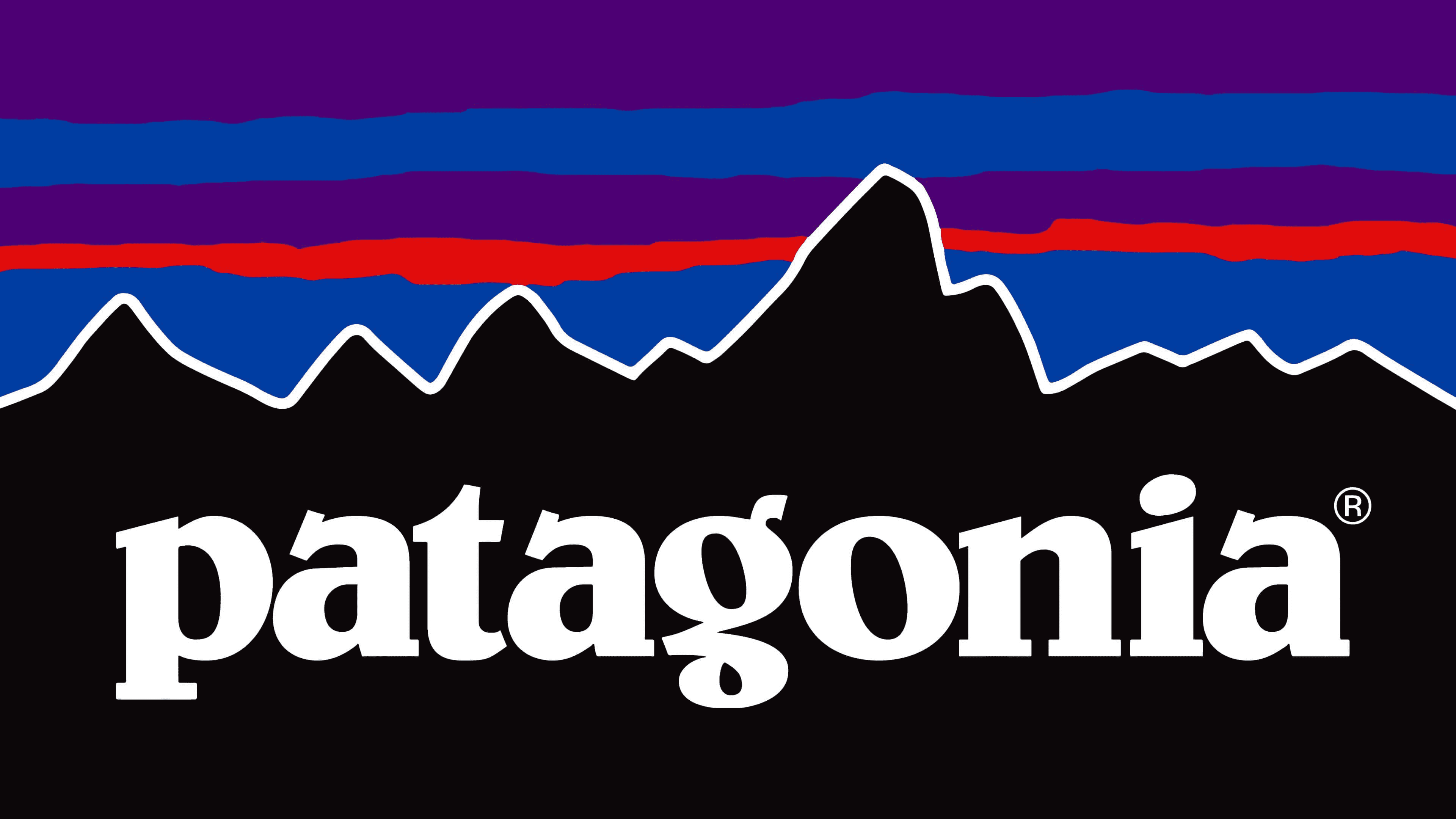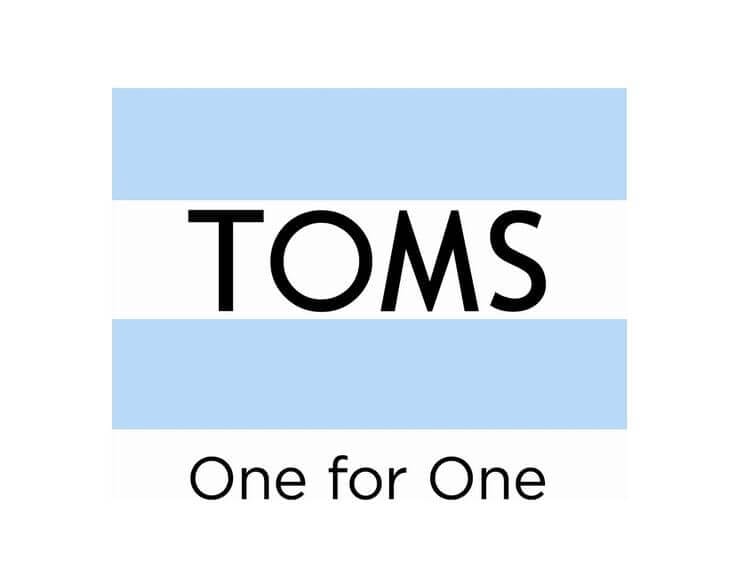When everything you do is focused on living up to your company values, you’ll naturally build up a loyal customer base of advocates who resonate with your brand ethos.
In this article we’ll be looking at:
- Understanding a value-led approach.
- The shortcomings of traditional marketing and advocacy.
- How to build trust using your brand values.
- Some real life examples of a value-led approach in action.
Understanding the value-led approach
Defining value-led
A value-led approach is all about making sure your principles and beliefs guide every move you make, whether it's big decisions or just chatting with customers.
By prioritizing values such as integrity, authenticity, and social responsibility, it's not just about earning trust – it's about turning our customers into our biggest cheerleaders.
In a world where people crave genuine connections and brands that stand for something, going all-in on a value-led approach is the key to fostering genuine customer advocacy and long-term loyalty.
A shift from profit-led to value-led
In the past, businesses were all about chasing profits above everything else. It was like a race to see who could make the most money, no matter what.
But then, something changed – customers started demanding more than just products or services; they wanted to connect with brands that shared their values and beliefs. That's when the shift happened from being profit-centric to value-centric.
Some reasons for this change would be things like:
- Increased access to information: With the growth of the internet and social media, customers have become more informed about companies' practices, including their social and environmental impact. This awareness has led to greater scrutiny of companies' values and actions.
- A shift in consumer values: Consumer values gear towards sustainability, social responsibility, and ethical business practices. Customers are increasingly inclined to support companies that align with their values and contribute positively to society.
- Rise of Millennials and Gen Z: Newer generations place a high value on authenticity, transparency, and purpose-driven brands. They prefer to support companies that demonstrate a genuine commitment to making a difference in the world.
- Influence of social media: Social media platforms have given customers a powerful voice and place to express their opinions and hold companies accountable for their actions. Negative publicity regarding ethical lapses or irresponsible behavior can significantly impact a company's reputation and bottom line.
Now, it's not just about making money; it's about creating genuine relationships with customers by showing them what we stand for and why it matters.
As customer marketing professionals, this shift means you're not just selling stuff anymore; you're building communities around shared values, which ultimately leads to stronger brand loyalty and advocacy.
Even if your company is defined as a sales-led culture, successful sales can’t be made without understanding your customer first; and when you think about increasing sales in the long run, value-led approaches only increase your customer lifetime value (CLTV), leading to make sales per customer in the long run.
The challenges of traditional marketing and advocacy
Along with the changes in target audience expectations, a sales-led or profit-led approach has shortcomings of its own. Traditional marketing methods will always lack emotional appeal for customers without conscious efforts made to change specific parts of the business culture to compensate.
Sales and profit-led cultures prioritize pushing products or services onto a customer without actually engaging with their needs, preferences, or values. As these methods are so transaction-focused it risks leaving customers feeling indifferent about your brand. Alongside this, sales-led and profit-led approaches risk being:
Stuck with a short-term focus
Transaction-focused marketing tends to prioritize short-term gains and immediate sales over long-term relationship building. This leads to a cycle of constantly chasing new customers and neglecting your existing ones, hindering any chance at sustainable growth.
Limited in differentiation
When marketing efforts solely emphasize product features or pricing, it becomes challenging for you to differentiate yourself from competitors beyond these aspects. This can result in a commoditization of products or services, where customers view very little difference between your brand and your competitors.
Vulnerable to price competition
Relying solely on transactional marketing can you way more vulnerable to price competition, as many customers will inevitably begin to prioritize finding the lowest price rather than considering other points of value.
Building trust through values
What does being value-led do overall to help your business and your customers? We’ve spoken a bit about how customer values overall have changed, and why transnational marketing will fail when trying to keep up with them - so, let's talk a bit about building trust and how that can set your company up for sustained growth.
Shared values serve as a foundation for building enduring trust-based relationships that are essential for long-term success and advocacy in today's competitive marketplace.
When businesses consistently uphold shared values in their actions and decisions, it reinforces trust over time, as customers feel confident that the business will prioritize their interests and well-being.
Now let’s have a look at that in action…
Value-led success in action
Patagonia

This list wouldn’t be complete without Patagonia at the top. This outdoor clothing and gear company is very well known for its commitment to environmental sustainability and corporate social responsibility. You can read a bit more about one of their most successful campaigns here.
Patagonia actively promotes environmental activism, transparency in its supply chain, and ethical business practices. Its webpage has a dedicated section for current activism campaigns and stories, it has a reselling and repair website, and often donates to a variety of charities.
By aligning its values with those of its environmentally conscious customers, Patagonia has built a strong sense of trust and loyalty among its customer base - and it’s bigger than ever and showing no signs of stopping.
TOMS

TOMS is recognized for its "One for One" business model, where for every product purchased, the company donates a pair of shoes to a person in need. This commitment to giving back resonates with customers who prioritize social impact and philanthropy.
And, again, this is something that many companies do during particular seasons or holidays, but TOMS has made it a staple part of their brand and proved its values (rather than making the offer to increase sales during specific seasons).
Ben & Jerry's

As a socially conscious ice cream company, Ben & Jerry's is vocal about its support for various social and environmental causes, including climate justice, LGBTQ+ rights, and racial equity.
They also have their own foundation built to support black, indigenous, and minority groups in the US. They even have grants they issue to help others start their own campaigns.
By taking a stand on important societal issues and using its platform to advocate for change, Ben & Jerry's has earned the trust and loyalty of customers who admire its commitment to social justice and activism.
Warby Parker

In a similar initiative to TOMS, Warby Parker emphasizes its commitment to social impact with its "Buy a Pair, Give a Pair" program, to provide glasses to individuals in need.
Regardless of the product you have, be it physical or SaaS, there are always initiatives available to do like the ones above. So ask your customers what they care about, and what social initiatives pair well with your product.
If you have a SaaS product, think about things like sponsorship programs or mentoring schemes. Is there more you could be doing with your environmental impact?
These value-led schemes must begin with your customer and their values. Then it must be carried out by you. Listening without action is nothing.




